When we travel to destinations with cold climates, we need warm layers and coats to enjoy the trip. After all, who wants a vacation where you’re shivering the whole time?
Some places, however, take cold temperatures to the extreme. Here, we reveal the most remote, freezing corners of the world where even locals bundle up like Arctic explorers. From Russia to Canada, these locations will have you picturing Siberian tigers and snow-white bears as your breath turns to ice crystals.
Read on to discover the places with the lowest recorded temperatures in history.
1. Oymyakon, Russia

According to the World Meteorological Organization, Oymyakon in Russia is the coldest inhabited place on Earth. With a record-breaking temperature of -96.2°F (-71.2°C) in 1924, the ground in Oymyakon is permanently frozen. Around 500 people reside here, relying on fur trading and ice fishing to survive.
Why is Oymyakon so cold? It’s nestled in a valley between two big valleys, so it’s trapped in a chilly wind pocket. Oymyakon sits lower than the surrounding plateau, contributing to its extreme climate with an average temperature of -58°F (-50°C) in winter.
2. Verkhoyansk, Russia
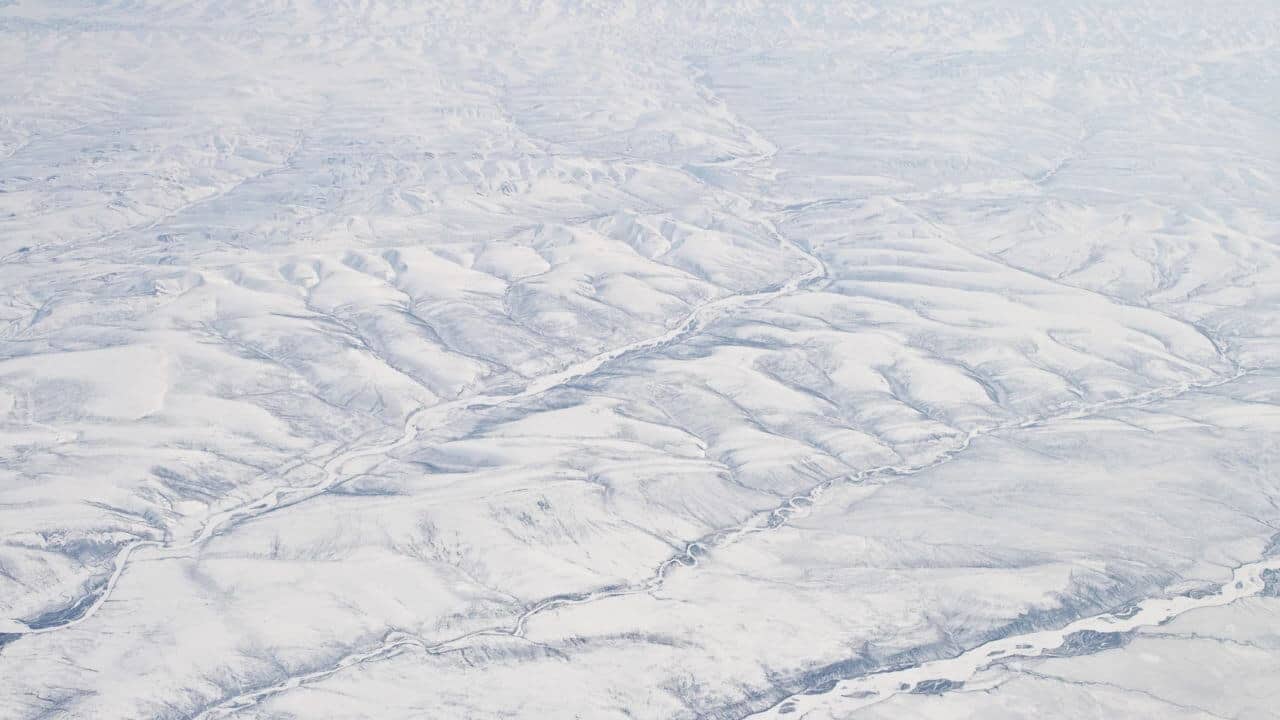
Verkhoyansk, Russia is known for its extreme weather fluctuations, ranging from as low as -95°F (-71.1°C) to as high as 98°F (36.7°C). This town is in a valley, so cold air cannot escape.
Verkhoyansk swings wildly from cold winters to hot summers because of its unique geography. In winter, cold air settles in the valley; while in summer, its distance from the ocean allows it to heat up. Additionally, Verkhoyansk’s position within the Arctic Circle results in long winters and short summers.
3. Snag, Yukon, Canada
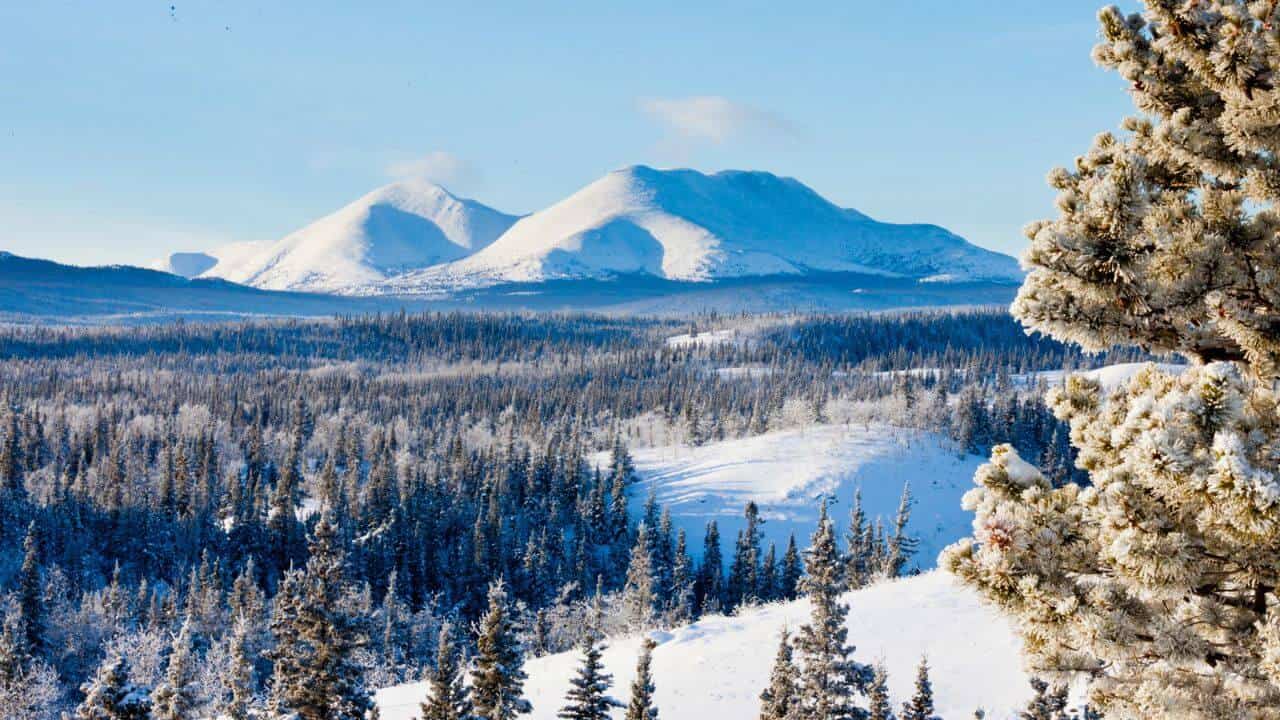
Snag is an abandoned village in the Yukon Territories of Canada with a record-lowest temperature of -49.8°C (-57.6°F). The extreme cold extends beyond Snag, with nearby communities experiencing temperatures as low as -52°F (-46.7°C) and -48.8°F (-44.9°C).
The frigid temperatures in this region are due to a high-pressure ridge that has settled over the Yukon. This weather pattern acts like a lid, which traps cold air close to the ground.
4. Resolute, Nunavut, Canada

Resolute, Nunavut, Canada is a small Inuit town known for its extreme cold and short summers. Scientists call this super cold weather a “tundra climate” (or ET in the Köppen climate classification). It means the place is so cold that even trees can’t handle it!
On average, the temperature in winter dips to -1°F (-18°C), and summer highs reach 9°F (-13°C). Resolute is also a dry place, with most rain and snow falling between September and October. Moreover, it has summers with 24/7 sunshine (which lasts almost 4 months) and winters with constant darkness.
5. Vostok Station, Antarctica
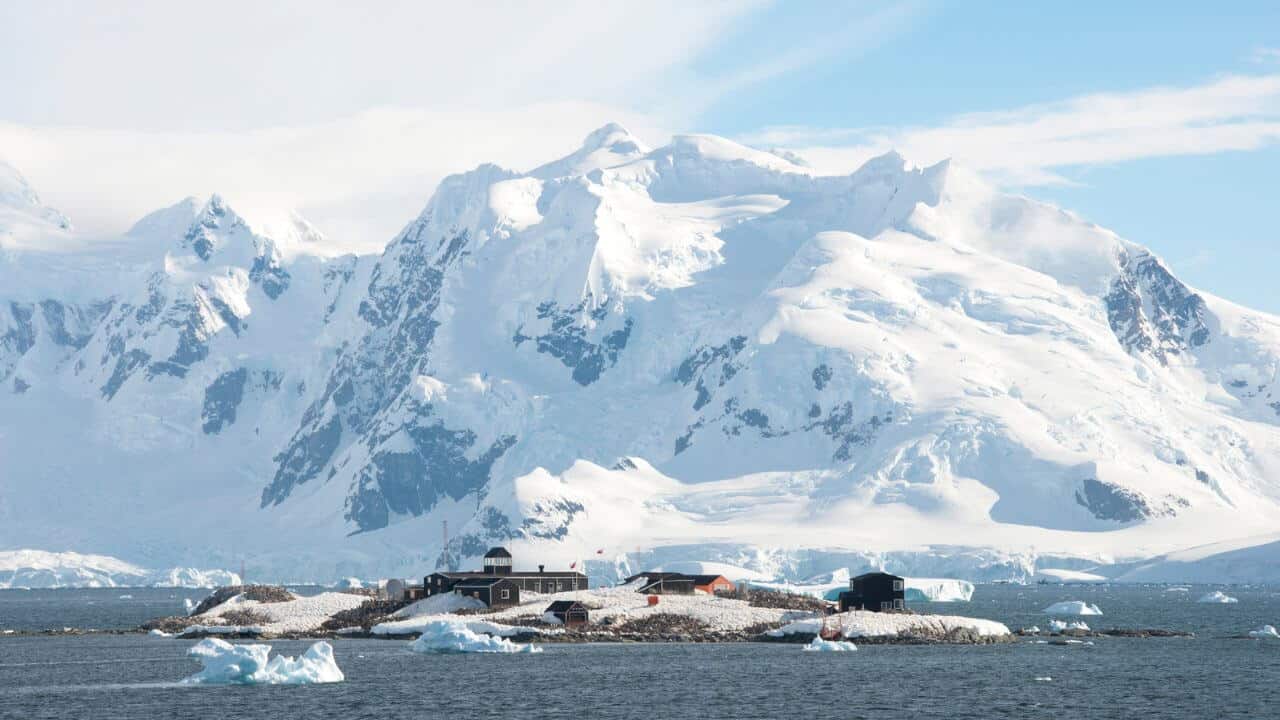
Vostok Station in Antarctica is a research station near the South Pole known for its bitter cold and isolation. The station is elevated at 11,444 feet (3,488 meters) above sea level, which makes it one of the highest points in Antarctica.
At Vostok Station, researchers study ice core samples to understand the Earth’s climate history and the impact of global warming. The record low temperature at Vostok Station was -128.6°F (-89.2°C) in 1983. Recently, temperatures dropped to -105.5°F (-76.4°C), a new record for the early winter.
6. Eismitte, Greenland
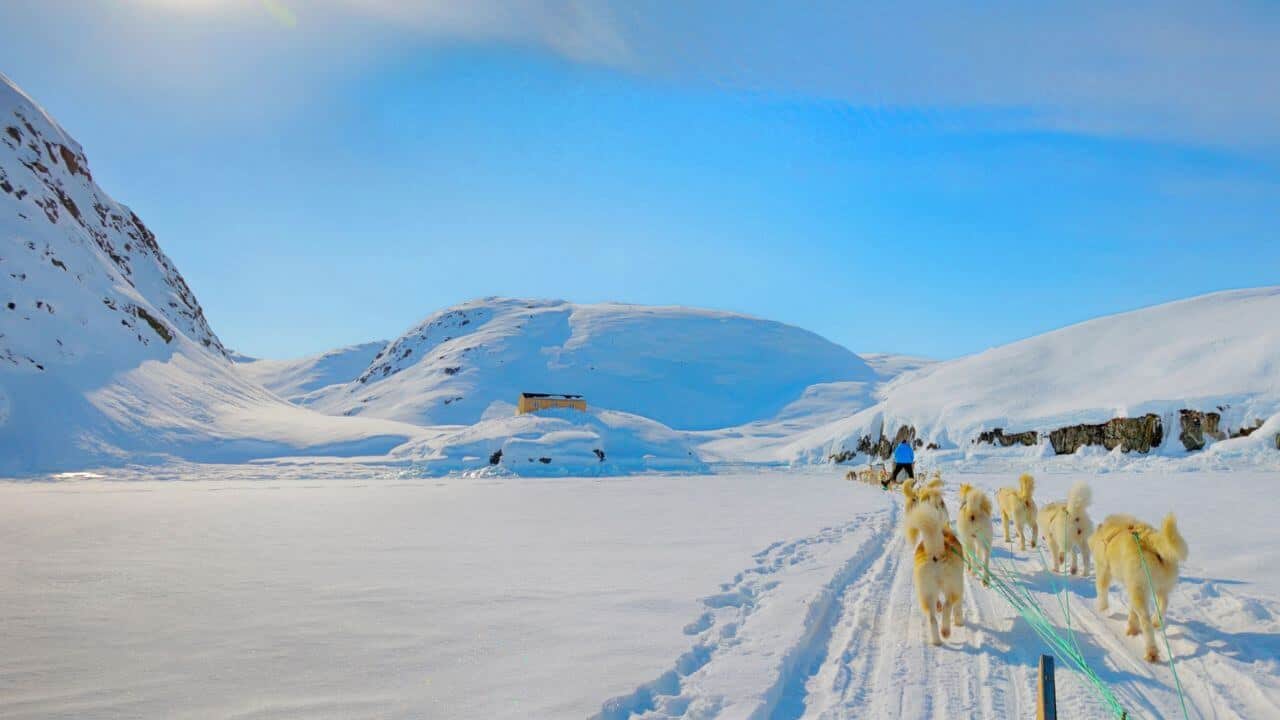
Eismitte, also called “Mid-Ice,” was a meteorological station established by the 1930-31 German Greenland Expedition. The coldest temperature recorded at Eismitte was -84.6°F (-64.8°C) on March 20, 1931, while the warmest temperature noted was 28.8°F (-1.8°C) on July 9, 1931.
Eismitte is situated at an altitude of 9,875 feet (3,010 meters). It experiences polar nights from November to January, with no sunlight during this period. The station also enjoys a unique summer perk: no sunsets. Between May and July, the sun never dips below the horizon, so there are months of continuous daylight.
7. Tuktoyaktuk, Canada
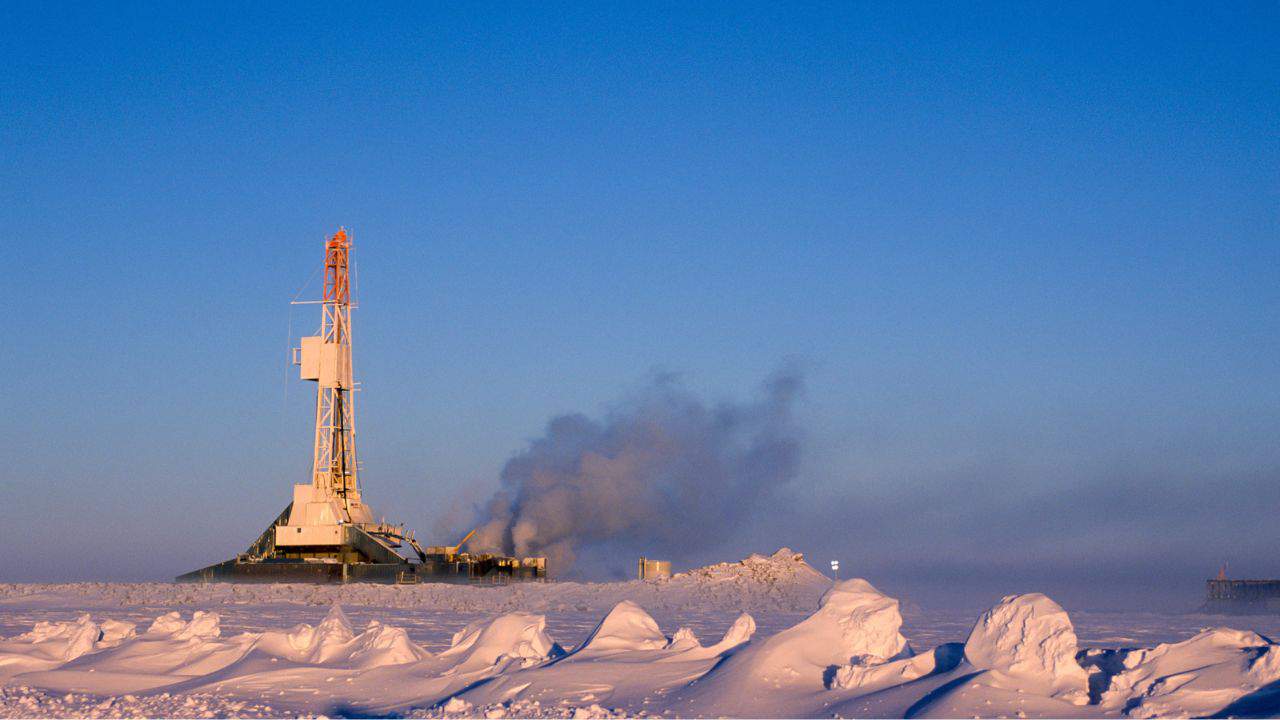
Tuktoyaktuk is a remote community found in the Canadian Arctic. Tuktoyaktuk experiences a subarctic climate, with January temperatures that plummet to -40°F (-40°C), while July, the warmest month, reaches 40°F (4°C).
Tuktoyaktuk sits on a thick layer of permafrost (think hundreds of meters thick). The ice can thaw, though, which causes problems for vehicles on the road. But that doesn’t stop tourists from visiting, especially during the summer solstice when the sun never sets.
8. Svalbard, Norway
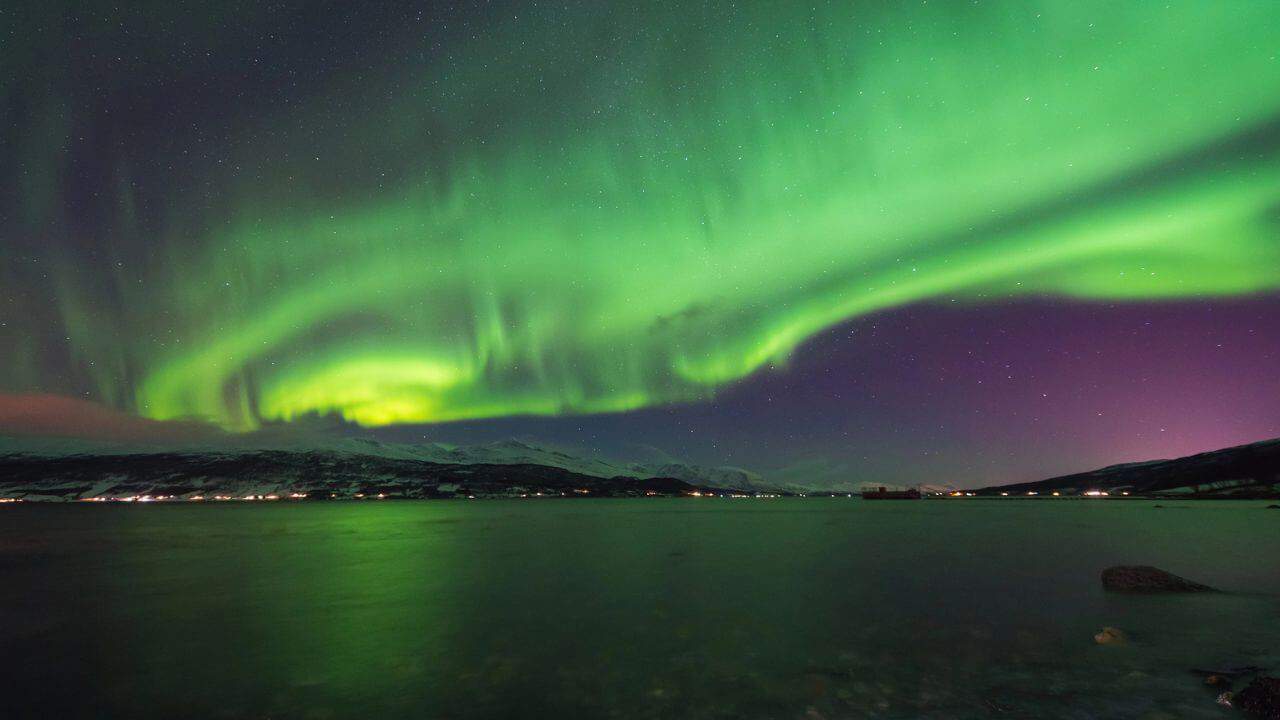
Svalbard, Norway is a remote archipelago in the Arctic Ocean. Svalbard has a tundra climate, with average monthly temperatures between 32°F to 50°F (0°C to 10°C).
Svalbard’s weather patterns are uncommon: found way up north, it gets a mix of icy air from the Arctic and milder, wetter air from the south. This clash creates low-pressure systems, which makes the climate very unpredictable.
9. Yellowknife, Canada
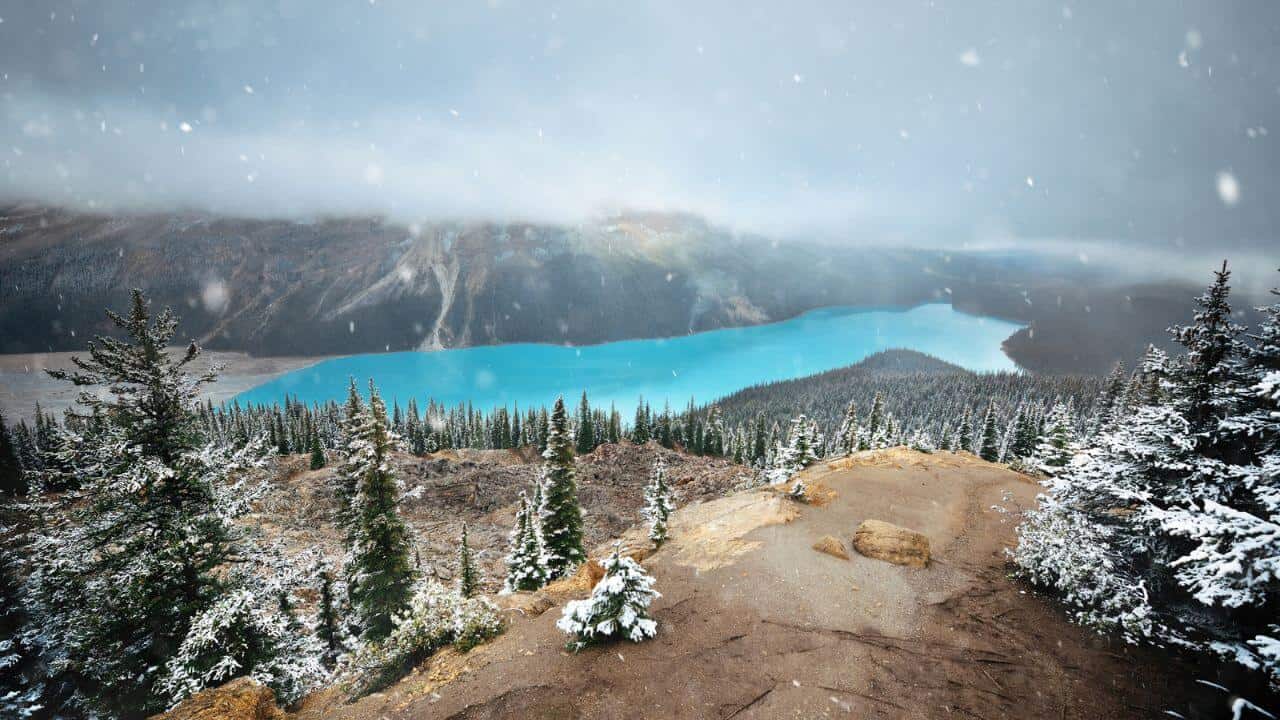
Yellowknife, Canada has a subarctic climate with long, freezing winters and mild summers. The lowest temperature ever recorded in Yellowknife was -60.2°F (-51.2°C) in January 1947.
In Yellowknife, the average temperature in January, the coldest month, is around -15°F (-26°C). July, the warmest month, sees an average of 63°F (17°C).
10. Fairbanks, Alaska, U.S.A.

When it snows, temperatures in Fairbanks, Alaska, can drop as low as -34°F (-36.1°C). On average, the city receives over 65 inches (165 cm) of snowfall, most occurring between October and March. The winter season in Fairbanks is quite harsh, with a record low temperature of -66°F (-54.4°C) in January 1934.
Fairbanks offers activities like dog sledding and snowmobile tours despite the harsh conditions. However, visitors who seek longer daylight hours are advised to visit Fairbanks in the summer months (June to August).
11. Anadyr, Russia
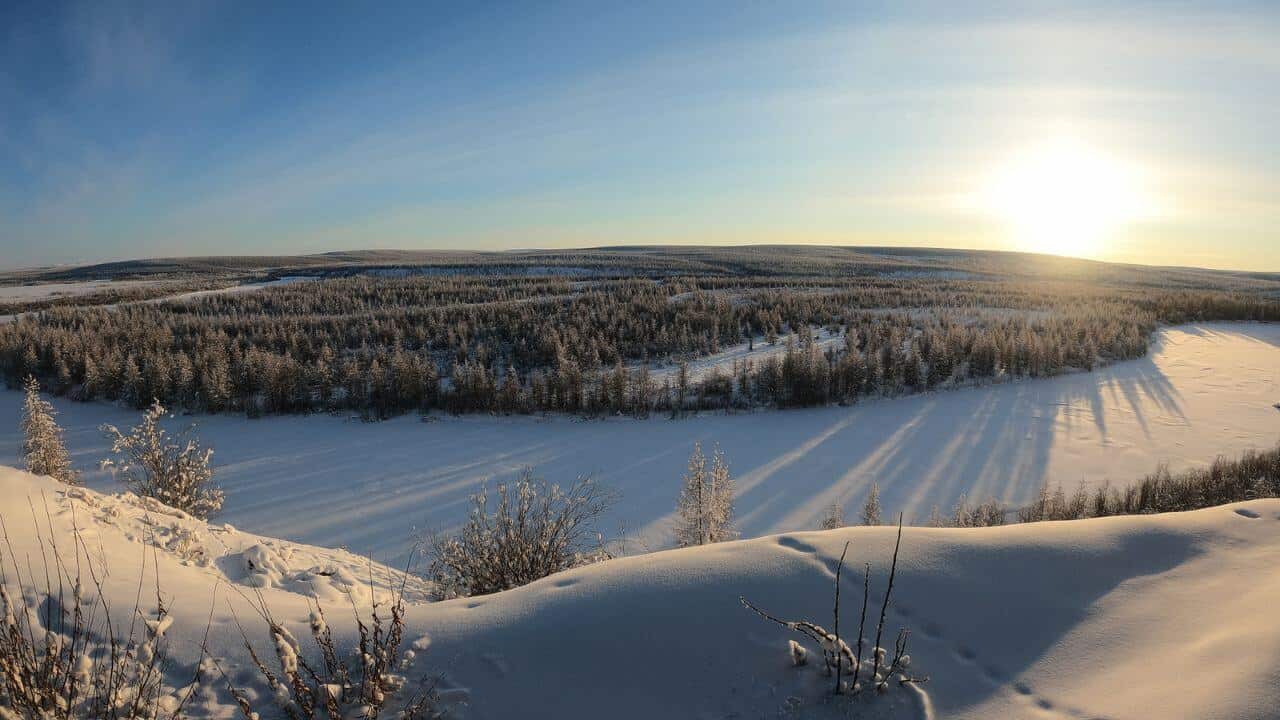
Anadyr rests on the Kolyma River, which flows into the East Siberian Sea. The town is surrounded by the Kolyma Mountains, with a flat terrain. Anadyr’s coldest month is January, with an average temperature of -7.8°F (-22.1°C), while its warmest month is July, with an average temperature of 53.8°F (12.1°C).
Interestingly, the name “Anadyr” comes from a word that means “unfrozen patch of water.” It’s somewhat ironic, given that the town is too cold for aquatic activities.
12. Churchill, Manitoba, Canada
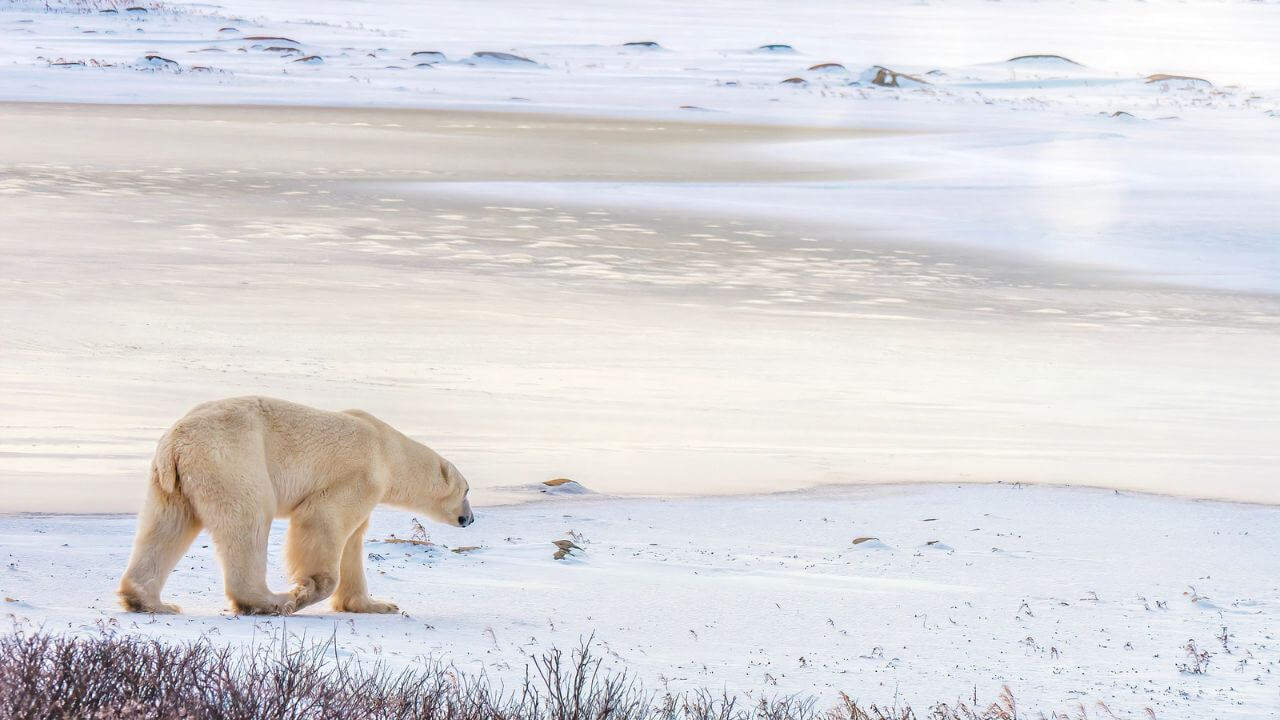
Churchill, Manitoba, has a climate that defies expectations. It’s found 58 degrees north, which suggests mild winters. However, winters at Churchill are far colder than in other coastal towns at a similar position (around -13°F or -25°C).
Why, you ask? The shallow Hudson Bay freezes over in winter and becomes a giant ice dam. This blocks the ocean, which allows North Pole winds to send temperatures into a nosedive.
13. Kamchatka Peninsula, Russia
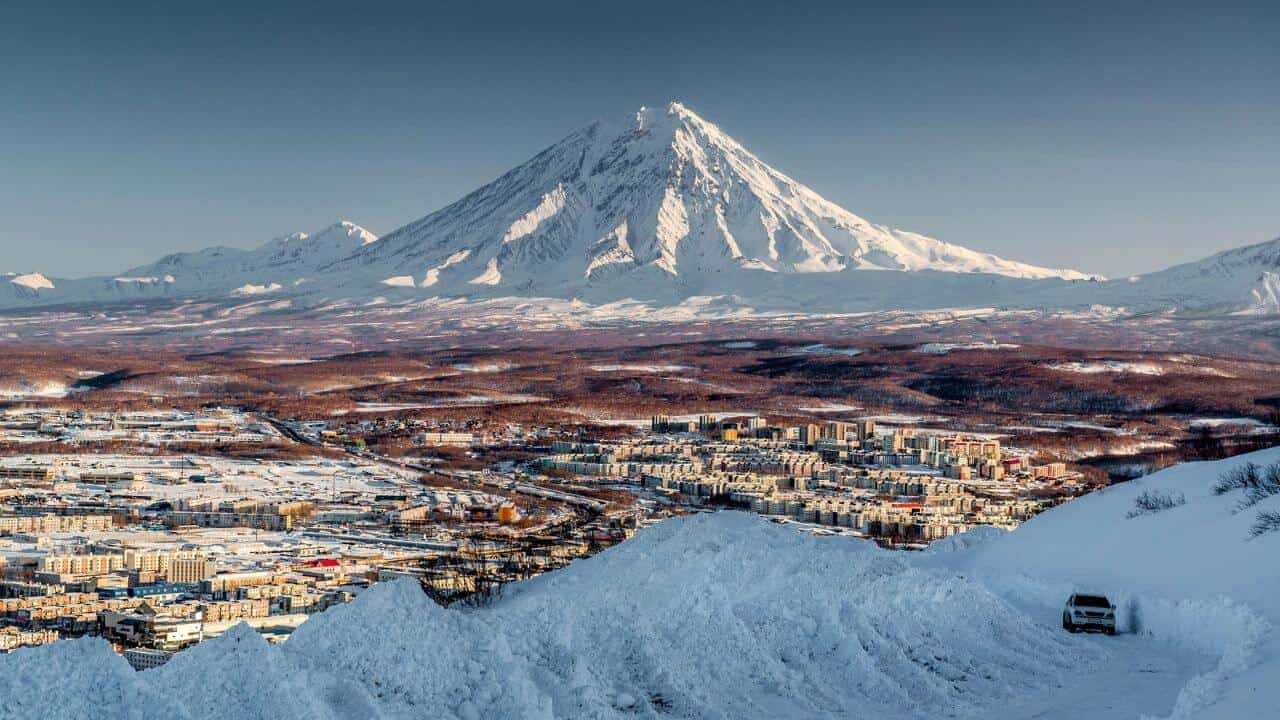
Located in eastern Siberia, the Kamchatka Peninsula is known for its sub-zero temperatures and volcanic activity. During the winter months, it can get as cold as -28°F (-33.3°C). Meanwhile, the average July temperature is around 46.4°F (8°C), which is relatively mild compared to the rest of the year.
Recognized as a UNESCO World Heritage Site, the Kamchatka Peninsula is home to 19 volcanoes. It’s also where various indigenous groups live, including the Koryak, Chukchi, and Kamchadal. Overall, the Kamchatka Peninsula is a great destination for outdoor travelers to hike, camp, and explore the wildlife.
14. Inari, Finland
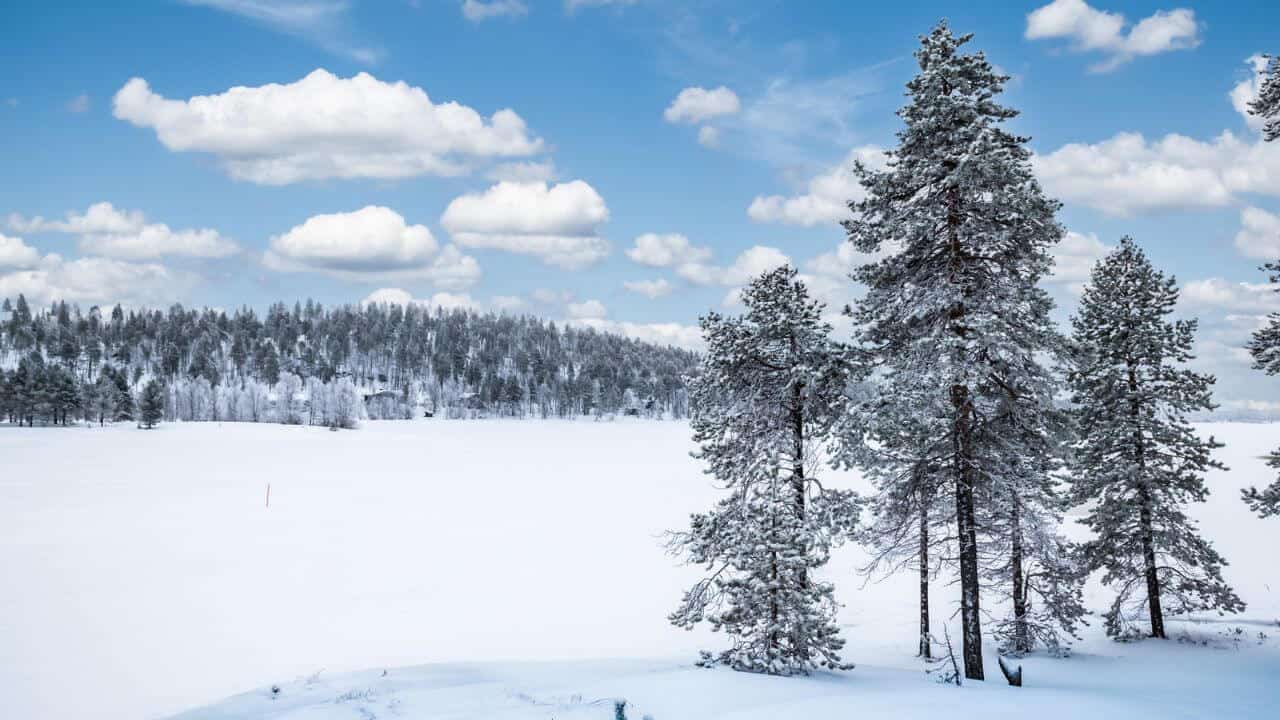
Inari, Finland has a subarctic climate (Köppen classification: Dfc) with long, frigid winters and short, cool summers. In summer, the region experiences a phenomenon called the “Midnight Sun,” where the sun remains visible 24 hours a day.
Inari features landmarks such as the Sámi Museum and Nature Center, which showcases the culture and history of the indigenous Sámi people. Be prepared to freeze, though — temperatures can drop as low as -24°F (-31.1°C) during winter.
15. Lapland, Finland

Another notable icy place in Finland is Lapland, where the temperature can drop as low as -24°F (-31.1°C) during the winter months, with occasional lows of -22°F (-30°C) or colder with wind chill.
Lapland is located in the northernmost part of Finland, with a vast wild area made up of forests, tundra, and numerous lakes and rivers. Rovaniemi is the largest city in Lapland, known for its scenic views and cultural attractions like the Arktikum Museum and Science Centre.
16. Sisimiut, Greenland
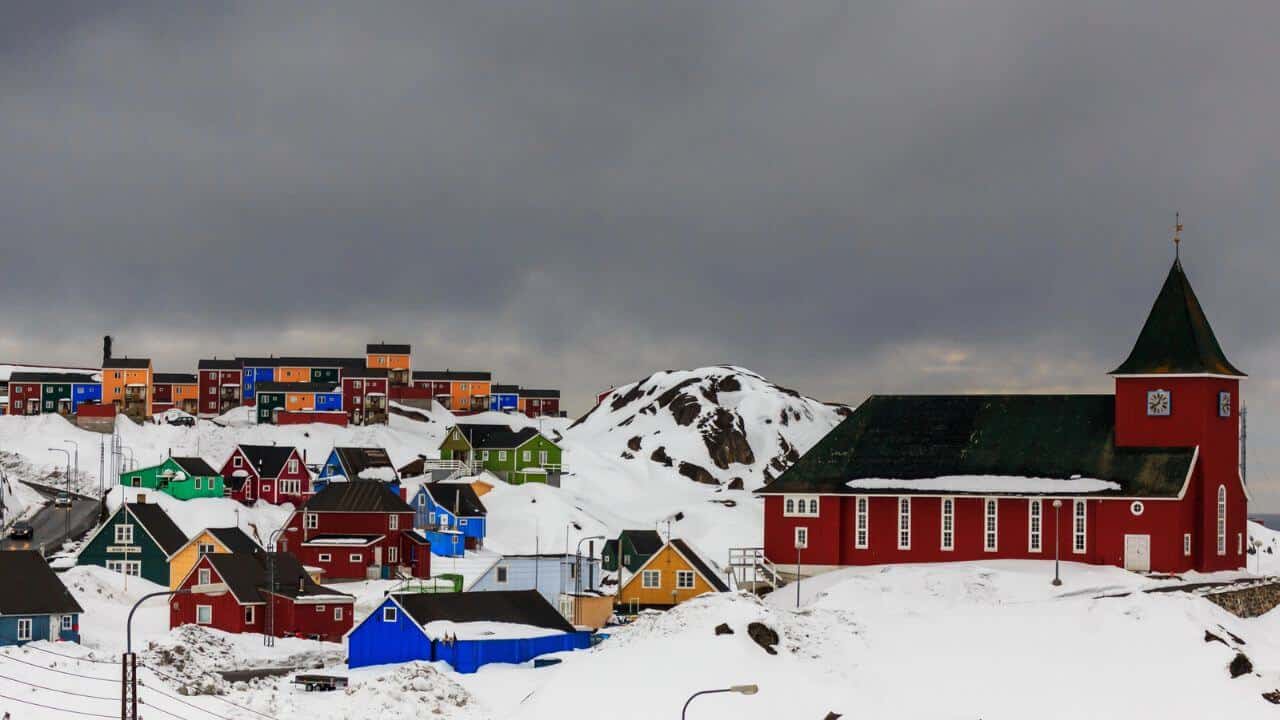
Sisimiut, Greenland experiences rapid weather changes. Temperatures in Sisimiut drop as low as -22°F (-30°C) in winter, and rise to 46°F (8°C) in summer. It’s located on the western coast of Greenland, near the mouth of Amerloq Fjord.
Expect cloudy skies year-round and an average of 7.87 inches (200 mm) of snowfall annually. Despite the chill, Sisimiut offers cozy accommodations, from traditional Inuit cabins to modern hotels.
17. Ilulissat, Greenland
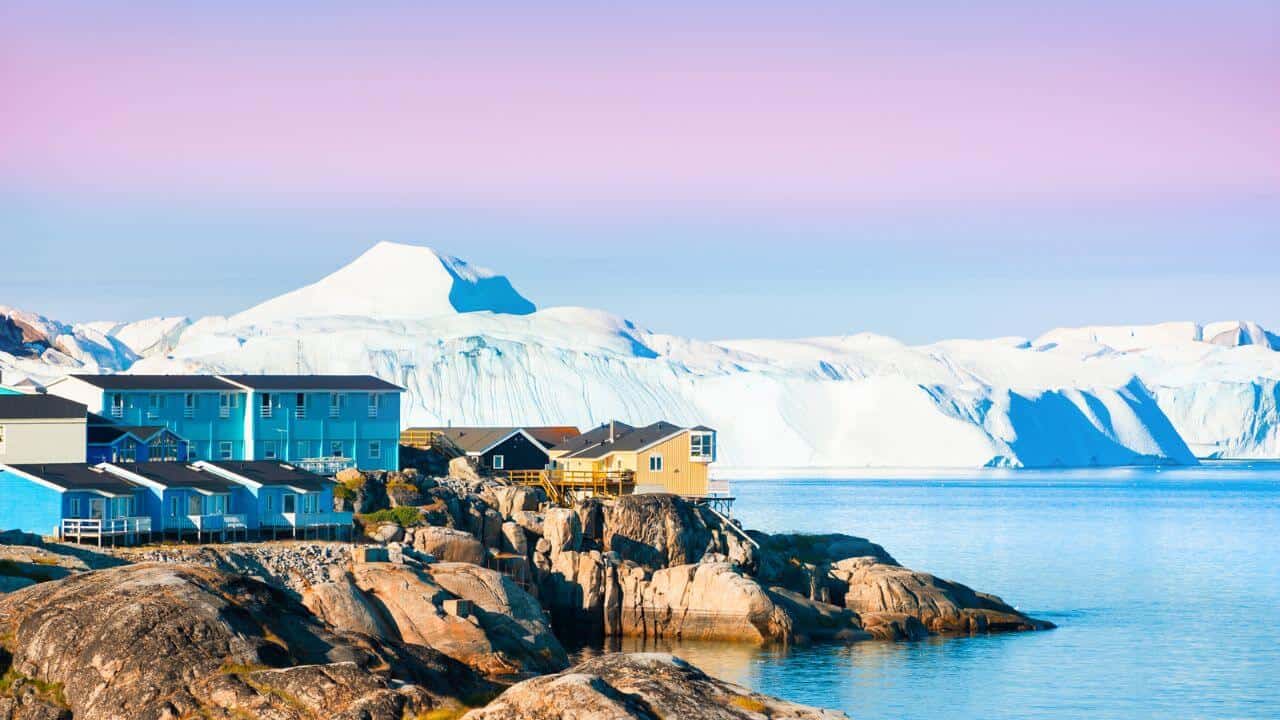
Ilulissat, Greenland, has an average temperature of 7.88°F (-12.3°C) during winter months. The Gulf Stream influences the region’s climate, helping moderate the cool temperatures.
Ilulissat is a largely treeless tundra with very little natural forest in the area. The Qinngua Valley is the only area in Ilulissat with a natural forest. It’s also one of the driest settlements in Greenland, receiving only 10.67 inches (271 mm) of precipitation per year.
18. Qaanaaq, Greenland
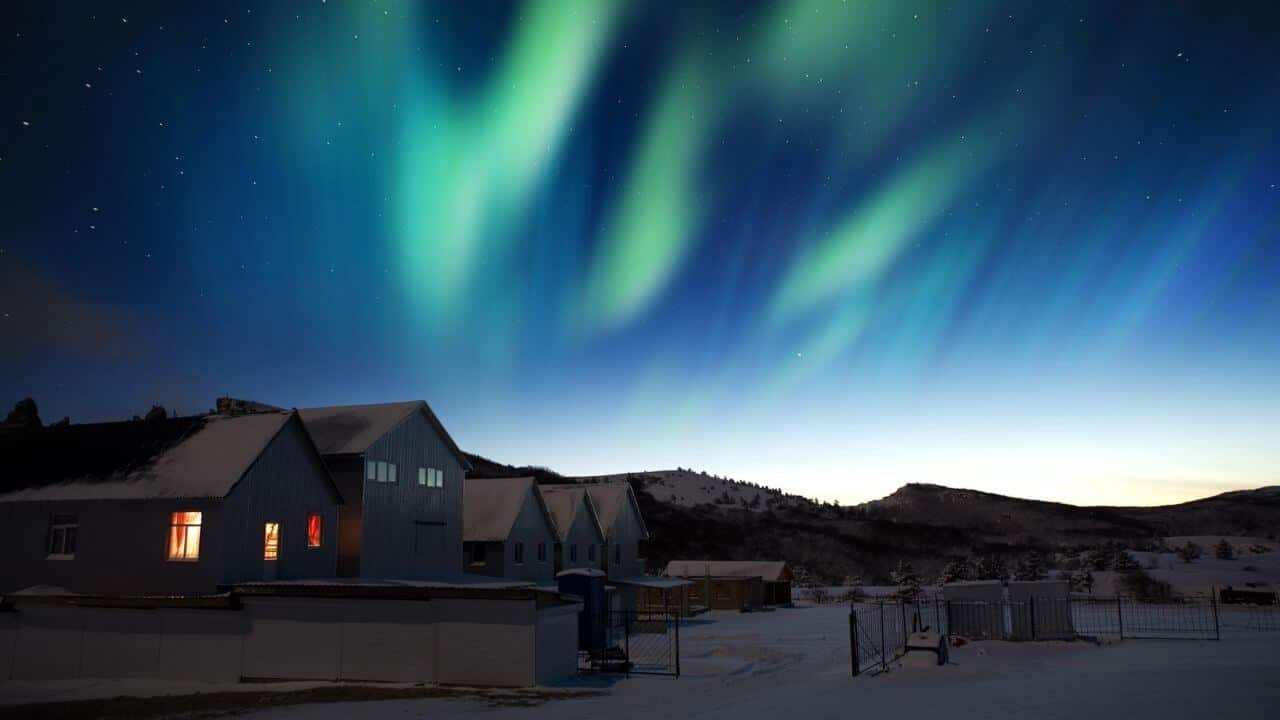
Located in northern Greenland, Qaanaaq has a polar climate with extremely low temperatures of -22°F (-30°C) on average during winter season.
Qaanaaq is one of the most remote and isolated settlements in Greenland; it’s only accessible via propeller plane, with flights often delayed or canceled due to the harsh weather conditions. Qaanaaq’s inhabitants hunt sea mammals and polar bears to survive, as it’s almost impossible to grow crops.
A Complete Guide to Visiting the Cliffs of Moher, Ireland

In this comprehensive guide, we’ll reveal everything you need to know about the Cliffs of Moher and the surrounding region. We’ll also provide practical travel tips, such as when to visit, how to get there, and what to bring for your journey.
Keep reading below for an ultimate travel guide to the Cliffs of Moher.
The Ultimate Amsterdam Getaway: Tivoli Doelen’s Timeless Magic

Nestled in the medieval heart of Amsterdam, Tivoli Doelen Amsterdam Hotel, the city’s oldest hotel, has hosted royalty for centuries. Set between the Kloveniersburgwal Canal and the River Amstel, it offers a serene atmosphere within easy reach of iconic city attractions.
Marga is a freelance content writer. She creates informative and engaging blog articles about entertainment, travel, and simple living.
Aside from writing, Marga’s background in psychology fuels her work in education and training, where she nurtures her love for lifelong learning.
Find all her published work on Muck Rack.

